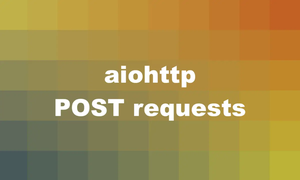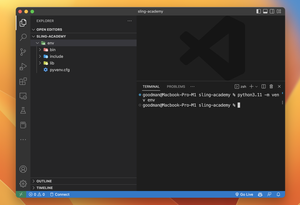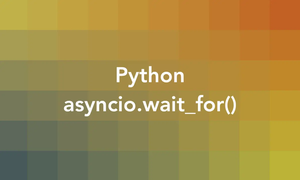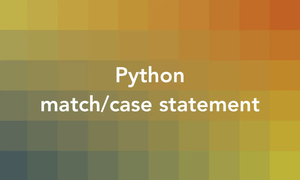Introduction
Working with the Python Requests library should be straightforward, yet sometimes you may encounter an unexpected issue: the ‘No connection adapters’ error. This logging statement suggests that Requests cannot process the URL provided due to a missing or unsupported protocol adapter. Understanding the root causes is vital in developing an effective solution.
Common Reasons for Error
- Invalid URL scheme: The URL does not use a recognized protocol such as http or https.
- A typographical error in the URL string.
- Using unsupported URL scheme in Requests.
Solution 1: Verify URL Scheme
Ensure the URL begins with either ‘http://’ or ‘https://’. Mistyped or malformed URLs can lead to this error:
- Inspect the URL string for typos.
- Correct the scheme to ‘http://’ or ‘https://’ if needed.
- Retry sending the request.
Code example:
import requests
url = 'https://www.example.com' # Correct URL scheme
response = requests.get(url)
print(response.status_code)Advantages: Simple and quick to implement.
Limitations: It’s a manual process prone to human error.
Solution 2: Use Custom Adapters
If you need to interact with a non-standard protocol, create a custom adapter that registers the new protocol with the Requests library. Below are the key points of this approach:
- Define a custom adapter that extends the base class.
- Register the new protocol scheme with the adapter.
- Mount this custom adapter using the ‘requests’ session.
- Send the request with the custom protocol.
Advantages: Allows interaction with custom protocols.
Limitations: More complex to implement, requiring knowledge of networking and protocol implementation.
Solution 3: Update URL Libraries
Sometimes an outdated requests library or other URL related dependencies can cause this error. Updating to the latest version may resolve the issue. What we need to do are:
- Use pip to check for the current version.
- Update the ‘requests’ library using pip.
- Restart the application and retry the request.
Use the terminal or command prompt to update:
pip install --upgrade requestsAdvantages: Ensures that you are using the most up-to-date and secure version.
Limitations: May introduce breaking changes if your code depends on an older version of requests or related libraries.











